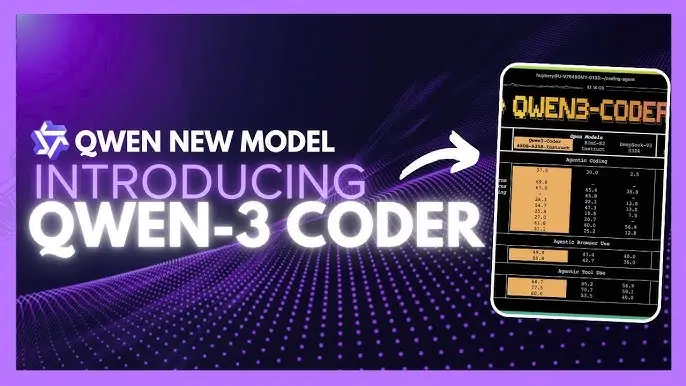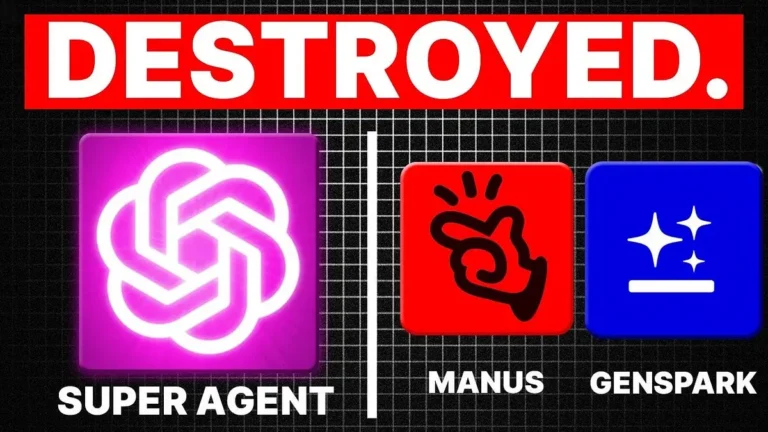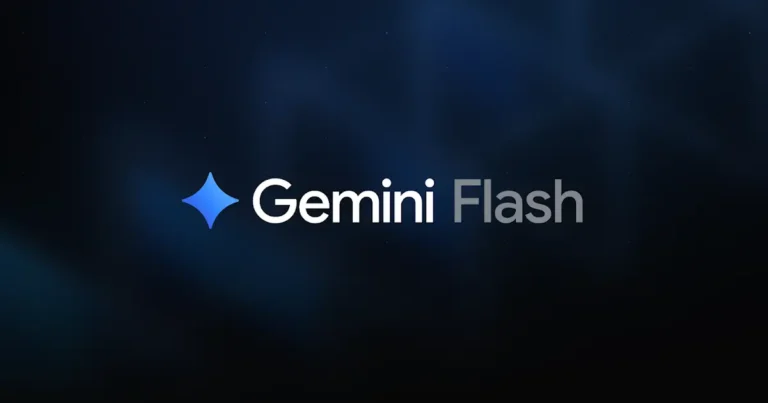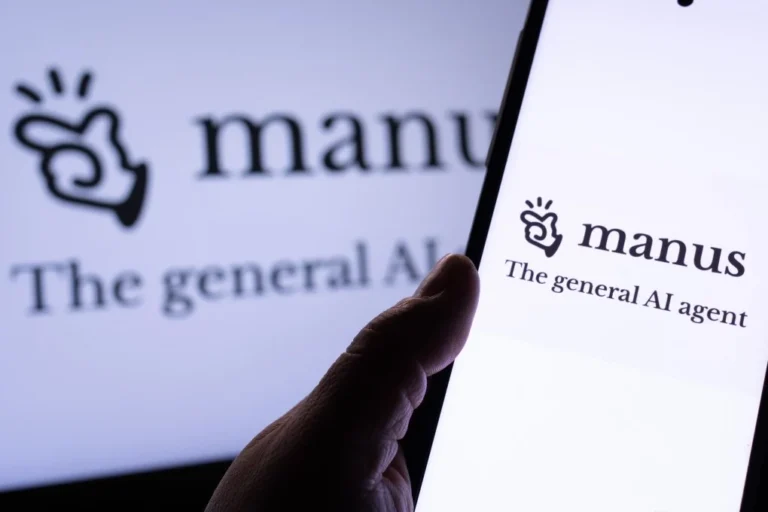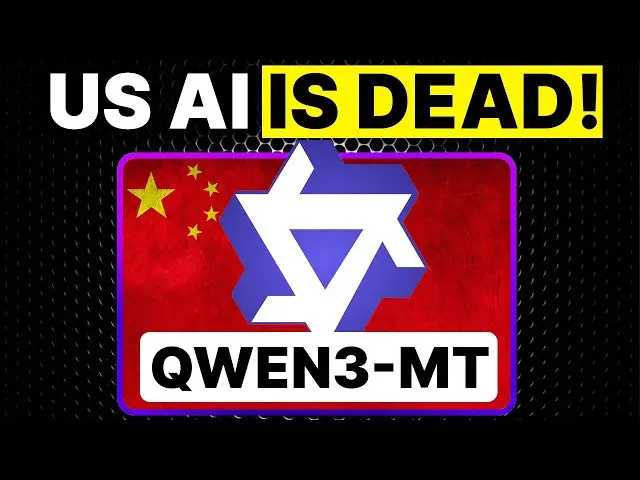The world of artificial intelligence is moving fast, and three major players are leading the charge with their latest models: Qwen 3, Claude 4, and OpenAI o3. These aren’t just small updates; they’re significant leaps forward, each bringing unique strengths shaped by the massive amounts of data they were trained on. Let’s break down what makes each one special and how that translates into real-world performance.
What Makes Each Model Unique? The Power of Training Data
The foundation of any powerful AI model is its training data – the vast amount of text, code, and other information it learns from. The unique mix and scale of this data give each model its distinct personality and abilities.
- Qwen 3: The Global Communicator
Qwen 3 stands out primarily because of its incredible multilingual capabilities. Its training data covers an impressive 119 languages and dialects. This means it’s not just good at English; it can understand and respond effectively in dozens of other languages right out of the box. This makes it a powerful tool for global businesses and applications. Additionally, it was trained on a massive dataset of around 36 trillion tokens, giving it a very broad base of general knowledge. - Claude 4: The Carefully Curated Assistant
Anthropic, the maker of Claude, takes a slightly different approach. Claude 4 is trained on a mix of publicly available internet data and exclusive, non-public data from third parties. This proprietary blend is designed to make Claude helpful, but also reliable and safe. Anthropic focuses heavily on training Claude to be honest and avoid harmful outputs, which is reflected in how it handles data. Its knowledge cutoff is noted as March 2025, meaning it has information up to that point. - OpenAI o3: The Reasoning Specialist
OpenAI o3 (and its related models) seems to focus heavily on advanced reasoning. A key feature is its “refreshed training dataset,” specifically updated to boost performance on challenging tasks. OpenAI also emphasizes training methodologies aimed at rule-based learning and precise reasoning. Models like o3-mini are even trained on specialized STEM (Science, Technology, Engineering, Math) datasets, making them particularly sharp in technical fields. This focus on targeted, high-quality data for reasoning sets it apart.
From Data to Doing: Real-World Performance
So, how do these unique training backgrounds play out when you actually use these models?
- Qwen 3 in Action:
Thanks to its multilingual training, Qwen 3 excels in global communication and applications needing support across many languages. Its vast training data translates into strong general knowledge and versatility, making it suitable for a wide range of production tasks. Notably, it shows significant improvements in reasoning tasks. Specific versions, like Qwen3-Coder, are built for software development, proving effective in real-world coding scenarios. - Claude 4 in Action:
Claude 4, particularly the top-tier “Opus” version, has made a name for itself in the coding world. It boasts a high success rate on benchmarks that test real-world software engineering skills, making it a favorite for AI-assisted coding and complex development workflows. Its careful training approach also contributes to its reputation for being safer and more reliable for everyday use, handling tasks smoothly without veering into problematic territory. - OpenAI o3 in Action:
The refreshed and specialized training data makes OpenAI o3 a strong performer in tasks requiring deep reasoning. It shows fewer major errors than previous versions when tackling difficult, real-world problems, especially in coding and scientific analysis. It performs well on software engineering benchmarks, demonstrating its ability to solve practical coding issues. Its reasoning prowess makes it suitable for complex applications like scientific research or financial analysis, with specialized versions like o3-mini targeting areas like real-time data crunching.
Choosing the Right Tool for the Job
There isn’t a single “best” model – the right choice depends on what you need.
- Need an AI that speaks many languages fluently and has broad knowledge? Qwen 3 is a fantastic option.
- Looking for a reliable, safe assistant, especially strong in coding? Claude 4 is highly regarded.
- Require powerful reasoning capabilities, perhaps for technical or scientific tasks? OpenAI o3 might be the way to go.
Understanding the unique features rooted in their training data helps you pick the AI model that will perform best for your specific real-world application. As these technologies continue to evolve, keeping an eye on how their foundational data shapes their abilities will be key to leveraging their full potential.


